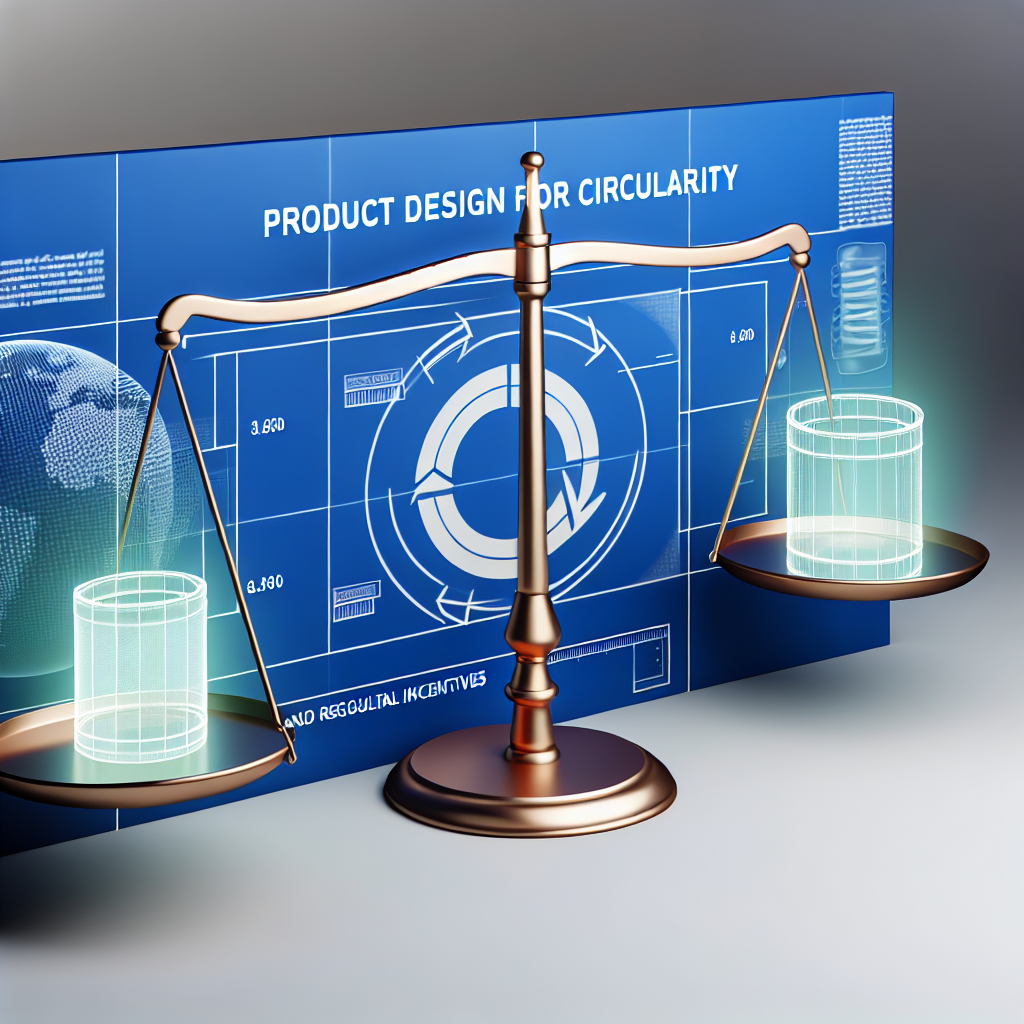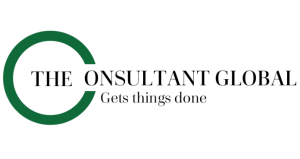
Product Design for Circularity: Legal and Regulatory Incentives
Introduction
As the global economy shifts towards sustainability, product design for circularity has emerged as a crucial focus area. This transition not only involves rethinking how products are created but also how they are governed through legal and regulatory frameworks. In this article, we will explore the legal and regulatory incentives that influence circular product design, geared to guide businesses toward compliance, efficiency, and environmental responsibility. At The Consultant Global, we strive to empower organizations by providing unparalleled consultancy services, particularly within the GCC and UAE regions, helping them navigate these essential aspects of modern business.
Understanding Circular Design
Circular design revolutionizes traditional product lifecycles by prioritizing sustainability and resource efficiency. This approach entails creating products that are durable, repairable, and recyclable, minimizing waste and promoting a closed-loop system. The principle of “design for circularity” encourages businesses to consider the full lifecycle of a product—from raw material extraction to end-of-life disposal or reuse. By embracing this model, companies not only foster innovation but also align their practices with increasing regulatory expectations.
Legal Frameworks Supporting Circularity
1. Product Stewardship Regulations
Product stewardship regulations require manufacturers to take responsibility for their products throughout their lifecycle. These regulations often incentivize circularity by mandating recycling and sustainable production practices. Businesses must comply with these laws to avoid penalties while enhancing their brand reputation. For instance, regulations may encourage the adoption of recyclable materials or the development of take-back programs.
2. Extended Producer Responsibility (EPR)
EPR laws mandate that producers are financially or physically responsible for the recovery and recycling of their products at the end of their life. Implementing EPR can incentivize companies to design products that are easier to recycle, ultimately increasing material recovery rates and reducing landfill waste. Companies that proactively engage with EPR schemes often find themselves ahead of the compliance curve and can leverage this position for competitive advantage.
3. Green Certification & Labeling Programs
Circular product design can also benefit from green certification and labeling programs that highlight sustainable practices. These certifications often provide a competitive edge and attract environmentally-conscious customers. Companies that design products with circular principles can apply for various certifications, demonstrating their commitment to sustainability and compliance with environmental regulations.
Regulatory Incentives for Compliance
1. Financial Incentives
Governments often introduce subsidies and tax breaks for businesses that adopt sustainable practices, including circularity in product design. Companies that engage in eco-friendly design can benefit from grants, loans, or reduced tax obligations, making it financially viable to adopt sustainable practices early on. These incentives support businesses in offsetting initial costs associated with transitioning to sustainable models.
2. Enhanced Market Access
Compliance with circularity regulations often opens doors to new markets and segments. As consumer demand for sustainable products rises, businesses adhering to circular principles position themselves favorably to capture these emerging markets. Furthermore, some governmental contracts may prioritize vendors with proven compliance to circular economy practices, enhancing opportunities for growth.
3. Risk Management
By aligning with legal obligations surrounding circularity, organizations mitigate potential risks associated with non-compliance, such as fines, litigation, and reputational damage. Well-structured compliance strategies ensure that companies foresee and manage risks effectively, embedding resilience in their operations. Adopting a proactive compliance approach to circularity can solidify trust with stakeholders and secure long-term viability in the marketplace.
Case Studies: Companies Leading in Circular Product Design
Several companies have successfully integrated legal and regulatory incentives into their product design processes, demonstrating compelling examples of circularity in action.
1. Electronics Sector
In the electronics industry, companies that focus on modular design, allowing for easier repair and refurbishment, have not only adhered to rising regulatory standards but also created a competitive advantage. Modular phones and laptops can be upgraded instead of replaced entirely, reducing e-waste while attracting eco-conscious consumers.
2. Fashion Industry
The fashion industry has witnessed a significant shift towards circularity through sustainable design practices. Brands that utilize recycled materials and promote take-back programs have found new avenues for growth while complying with emerging regulations on waste reduction. By repositioning themselves as leaders in sustainability, they have captured a dedicated customer base keen on reducing their environmental impact.
Challenges in Implementation
1. Regulatory Complexity
The legal landscape surrounding circularity can be complex and challenging to navigate, especially for businesses operating in multiple jurisdictions. Each region may have different regulations and compliance requirements, necessitating comprehensive understanding and management. Firms must invest time and resources to ensure they meet these diverse obligations effectively.
2. Cost of Transition
Transitioning to circular design practices may involve significant initial investment in R&D, training, and material sourcing. While long-term benefits are evident, the upfront costs can be a deterrent for many businesses. Strategic planning and leveraging available incentives can help mitigate these costs, allowing firms to embrace circularity without sacrificing financial viability.
Leveraging Consultancy for Circular Compliance
The intricate nature of legal and regulatory incentives for circular product design underscores the necessity for expert consultancy. At The Consultant Global, we possess extensive experience in guiding organizations through compliance challenges. Our multi-lingual team is adept at navigating diverse regulatory frameworks, ensuring that our clients in the GCC and UAE fully capitalize on available incentives and address challenges effectively.
- Comprehensive Compliance Strategies: We develop tailored strategies that align your business objectives with legal obligations.
- Cultural Sensitivity: With our deep understanding of multicultural environments, we adapt approaches that resonate across diverse backgrounds.
- Language Proficiency: Our capabilities in English, Turkish, Azerbaijani, Russian, and French enhance our ability to communicate effectively with clients and stakeholders.
Future of Circular Design Regulations
The future of regulatory frameworks concerning circular product design is promising, with an increasing emphasis on sustainability and resource efficiency. As governments worldwide implement stricter regulations, businesses must remain agile and responsive to evolving compliance landscapes. Early adopters of circularity will not only mitigate legal risks but also position themselves as market leaders capable of driving innovation and promoting sustainable practices.
Conclusion
Embracing product design for circularity is increasingly becoming a legal requirement rather than a mere best practice. Understanding and leveraging the legal and regulatory incentives surrounding circularity can create significant opportunities for businesses while fostering a more sustainable economy. At The Consultant Global, we are committed to assisting organizations in navigating these complex landscapes, ensuring compliance and sustainability are at the forefront of their operations. With our extensive experience, multi-cultural insight, and dedication to delivering results, we empower our clients to transform their product designs and emerge as leaders in the circular economy.




Leave a Reply